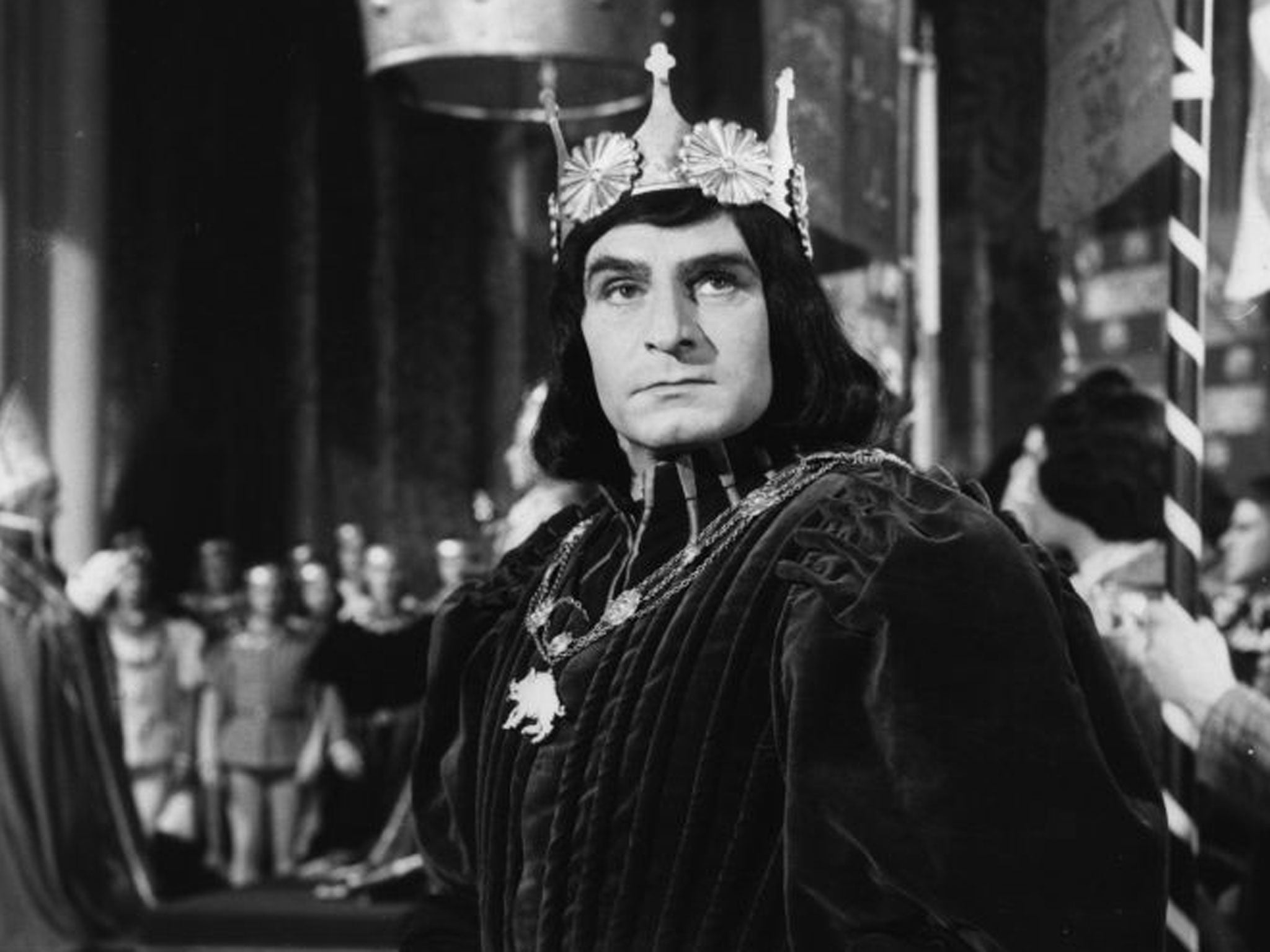Is the body in the car park really Richard III? At last, the answer
...and it could prove that he really didn’t commit the greatest crime in royal history

He was the most reviled and misunderstood monarch in English history, but one of the last remaining mysteries of Richard III could soon be resolved with the help of modern science and a fragment of DNA.
A group of scholars are gathering over the weekend to decide once and for all whether a skeleton found under a council car park in Leicester is that of the king who died in battle at nearby Bosworth Field in 1485.
They will review the latest findings of a series of scientific tests on the bones that are expected to support the theory that the battle-scarred body of the last Plantagenet king was interred under the floor of a medieval church, on a site where Leicester’s social services department later stood.
If the skeleton is confirmed to be that of Richard III, this could lead to fresh calls for DNA tests to be carried out on a set of children’s bones found in the Tower of London in 1674 which are thought to belong to his two nephews, the “princes in the Tower” whom he was supposed to have murdered.
The bones of the children are in a white marble sarcophagus in Westminster Abbey with the inscription: “These brothers being confined in the Tower of London, and there stifled with pillows, were privately and meanly buried, by the order of their perfidious uncle Richard the Usurper.”
However, not all scholars accept this interpretation of history, and some believe that the bones in Westminster are not even those of the two boys. DNA tests could resolve the issue, but Westminster Abbey and the Queen have so far resisted calls to have them examined forensically.
A detailed analysis of the Leicester skeleton, and the collective decision of the experts, will be publicly unveiled on Monday morning, although there seems little doubt in the minds of some that the “body in the car park” is the mortal remains of the most reviled monarch in English history.
Scientists, archaeologists and historians involved in the project have been sworn to secrecy until the final results of radiocarbon dating, DNA tests and bone analysis are officially released, along with a three-dimensional reconstruction of his head and face.
However, one expert close to the study said that he would be surprised if the initial excitement over the skeleton was shown to have been ill-founded. “The circumstantial evidence is just so strong,” he said.
The skeleton, excavated last September, has pronounced curvature of the spine caused by severe scoliosis which would have made the person’s right shoulder appear visibly higher than the left – supporting the Shakespearean description of Richard as “rudely stamp’d… deformed, unfinish’d”. The skeleton seems to have suffered a traumatic blow to the head, which cleaved the back of his cranium, and a barbed arrowhead was found embedded between the vertebrae. Both must have occurred at or near the moment of death, supporting the view that the man died on a medieval battlefield.
But it was the position of the burial site that has proved most tantalising. The skeleton was found under the choir floor of the abbey church of Greyfriars monastery, which although razed to the ground centuries ago has recently been located under the council car park by archaeologists. Only high-status people would have been interred under a church choir, precisely the place that historical records said the body of Richard was buried.
Leicester University geneticists working on the skeletal remains have extracted samples of mitochondrial DNA, which is inherited solely down the maternal line. They have compared it with the mitochondrial DNA of Michael Ibsen, a Canadian-born carpenter living in London who is, according to genealogical records, related to Richard’s sister, Anne of York, through 16 maternal generations.
If the bones are those of Richard III, the DNA tests should show that they share the same “haplotype” or genetic subgroup to that of Mr Ibsen. If the haplotype of Mr Ibsen is a rare one, and if it matches with that of the skeleton, this will be strong support in favour of its being the body of the king.
However, there is one test that could blow the king theory out of the water. Radiocarbon dating could place the skeleton in another period of history, perhaps the 14th or even 13th centuries, long before Richard lived. If so, the skeleton in the car park will remain a mystery.
Contested legacy: A pantomime villian
History belongs to the victors and rarely more so than in the case of Richard III, the hunchbacked king demonised by Shakespeare as a man so “rudely stamp’d” that “dogs bark at me as I halt by them”.
The last Plantagenet monarch fell at the Battle of Bosworth in 1485, after which his body was said to have been stripped and publicly displayed for several days. Some accounts reported that his corpse was tipped into the local river; others said he was given a Christian burial at Greyfriars monastery.
Richard’s name became synonymous with evil deeds, epitomised by later accounts that he ordered the murder of his boy nephews, the two “princes in the tower”, pictured. The hatchet job on Richard was perfected by Shakespeare who preserved the dead king’s image as a “bottled spider” with a twisted body – a pantomime villain.
Historians do not know what happened to the two princes, except that they disappeared from the Tower in 1483. Some historians also point out that during Richard’s reign he oversaw some important and progressive changes, such as the command to all judges that they administer the law impartially.
Subscribe to Independent Premium to bookmark this article
Want to bookmark your favourite articles and stories to read or reference later? Start your Independent Premium subscription today.

Join our commenting forum
Join thought-provoking conversations, follow other Independent readers and see their replies